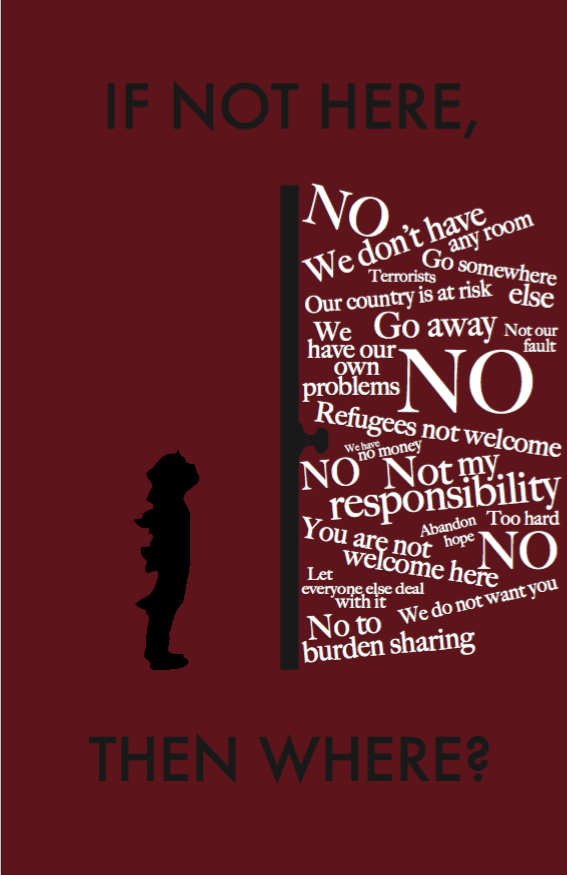Social Issue: Syrian Refugee Crisis
March 21, 2016
The Syrian refugee crisis is currently one of the world’s foremost humanitarian issues. The crisis has been ongoing for the last five years, but has received increased media attention over the last year as refugees have fled to Europe in increasing numbers. Photos have emerged, which have included a three-year-old boy lying face down, dead, after having drowned in the Mediterranean, images of squalid camps in Greece have circulated the internet, and the popular blog Humans of New York featured the stories of several refugees in Turkey and Europe. Day by day, the plight of refugees is further documented and published, making it one of the most covered international political and humanitarian issues since World War II.
This crisis is a result of an incredibly complex and violent civil war in Syria that has killed close to 500,000 and displaced over 12 million of the country’s former population of 23 million. Over 5 million of those displaced have fled the country, and are now refugees seeking asylum. About 90% of refugees have been taken in by Syria’s neighboring countries of Turkey, Lebanon, Jordan, Iraq, and Egypt. These countries, some of which are in the midst of significant unrest themselves, are having significant difficulties absorbing these refugees. Space and resources are running out in urban spaces like Turkey, which has taken in 2.7 million refugees to date.
As a result, refugees have tried to flee to Europe. Upon arrival, they have been met with exceptional resistance by countries of the European Union. These countries do have the capability to relocate these people, yet often refuse to, citing security reasons. Refugees are also not welcome in the United States either, and their acceptance has been vehemently opposed by Congress and 31 GOP governors.
As a result, refugees are stuck across the Near East in abhorrent living conditions, their homeland destroyed, with no where to go.
Regina Dominican student Sharika Elahi ’17 decided to advocate on behalf of refugees in her Social Issue project for her graphic design class. Crown interviewed Elahi to gain better insight on her project.
Why is the topic important to you?
“The reason I chose to work on this project is because I didn’t know why different countries weren’t taking in refugees besides the fear of terrorism, so I wanted to research it and learn more about it. It turns out that countries are actually required by international law to take in refugees, and they aren’t. I wanted to represent that in this project.”
What are you trying to accomplish with this visual?
“I understand the arguments behind countries refusing refugees, but at the same, they need to take responsibility for these refugees. If no one takes them in, then who will? We have a humanitarian duty to help these people in need, and if no one takes in refugees, then they will have no where to go, and begin to vanish, as I showed in my project.”
What was your inspiration?
“I saw the Humans of New York blogs featuring refugees, and I saw spotlights on Al Jazeera, and those really got me thinking about the crisis. As Americans, we seem to be really distant from the conflict and from refugees themselves. I wanted to show people, as those blogs did, that this is an international issue that we all need to address.”
Explain your visual.
“There’s a child standing on one side of a door, and he represents all refugees. He is looking up at the door, and the doorknob is on the other side. This shows that he has no access to freedom unless someone lets him in, and he is already starting to vanish. On the other side of the door are many countries’ responses to refugees, and they are all layered, represented the chaos and various ‘reasons’ associated with the rejection of refugees. The overall message of the image is ‘If not here, then where?’ showing that countries do have a responsibility to take in refugees.”


